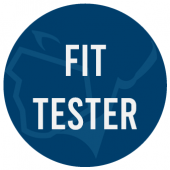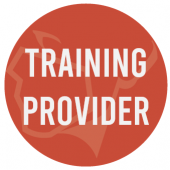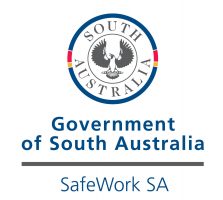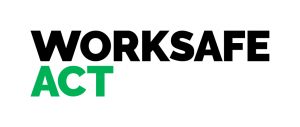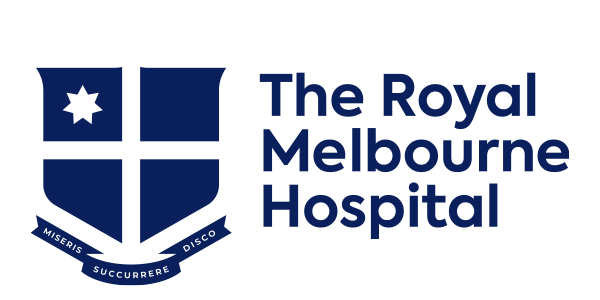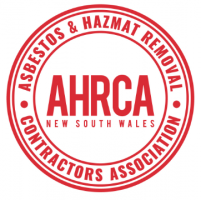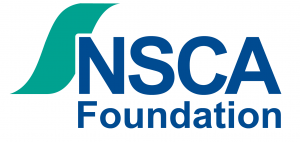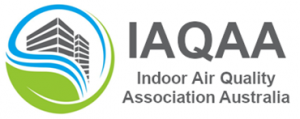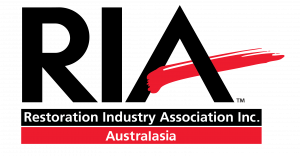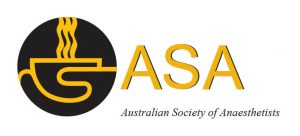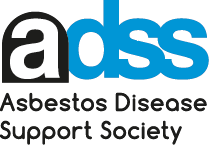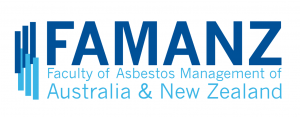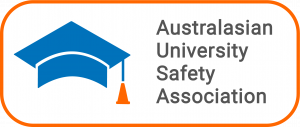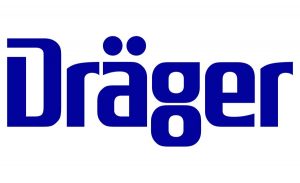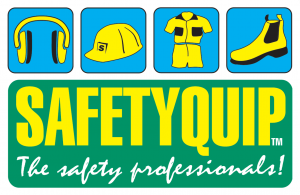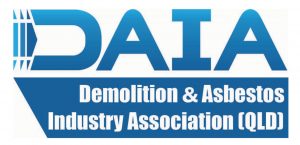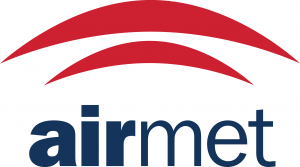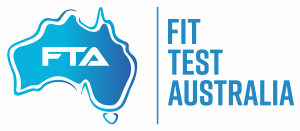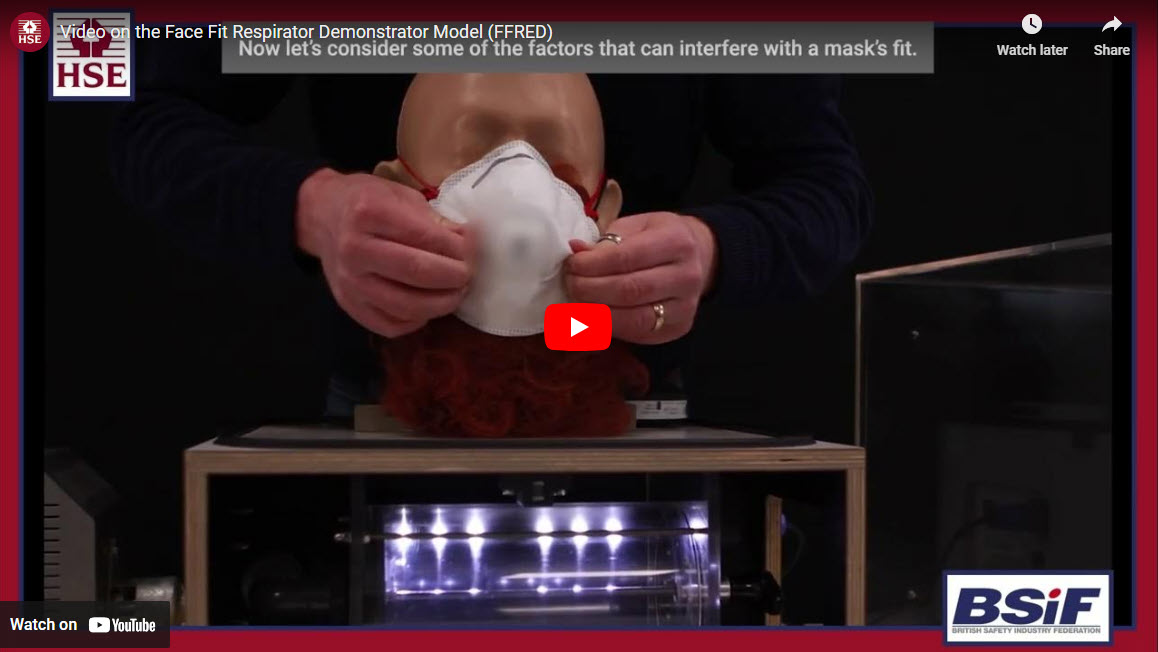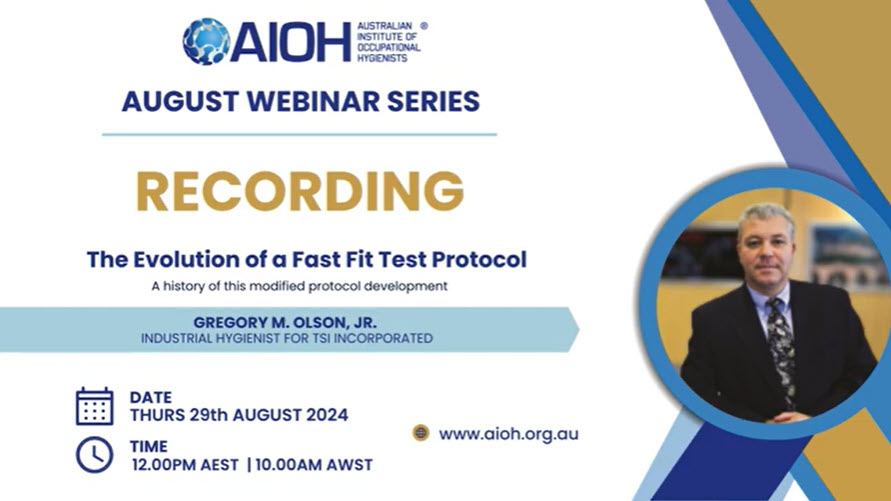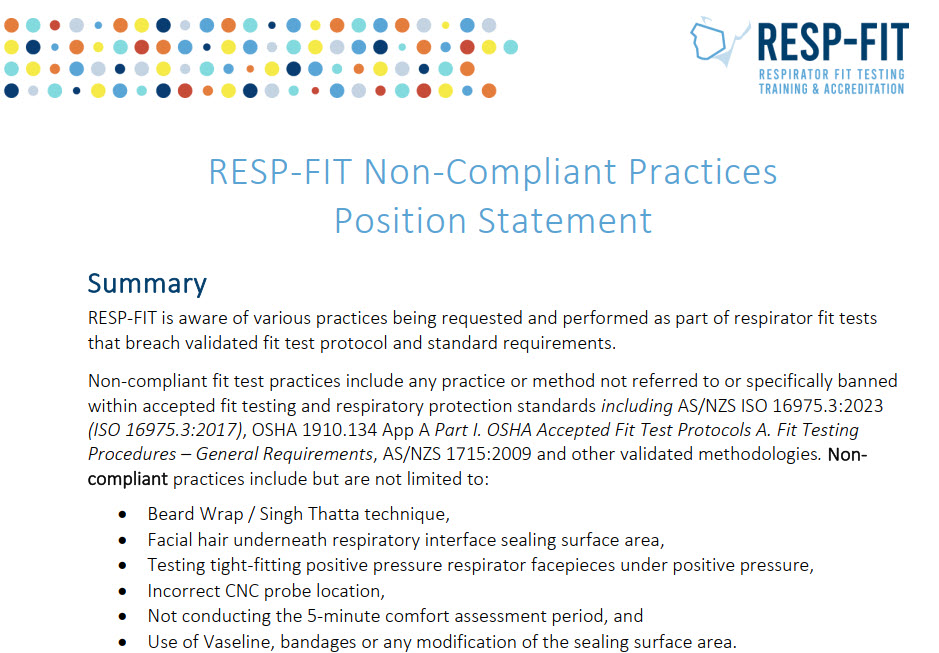The Health & Safety Executive (HSE), which is the British WHS regulator has published an updated video Face Fit Respirator Demonstrator Model (FFRED). It is a great demonstration of highlighting the importance of tight-fitting respirator...
Read moreSearch RESP-FIT
to find an accredited fit tester or approved training provider
REGULATOR PARTNERS
PLEDGE ORGANISATIONS
INDUSTRY PARTNERS & SUPPORTERS
Latest news
On August 29th, the AIOH and RESP-FIT hosted a webinar on "The Evolution of the Fast Fit Test Protocol" which was presented by Gregory M. Olson, Jr from TSI. TSI also provided a brief update...
Read moreRESP-FIT is aware of various practices being requested and performed as part of respirator fit tests that breach validated fit test protocol and standard requirements and have have put together a postion statement on "non-compliant...
Read moreABOUT THE WORK WE DO
RESP-FIT is a national respirator protective equipment (RPE) fit testing training and accreditation program developed to improve the competency of fit testers against both the Australian and international ISO respirator standards for fit testing. RESP-FIT was developed by the Australian Institute of Occupational Hygienists (AIOH) through close collaboration with many industry stakeholders such as:
→ Current RPE fit testers.
→ State & Territory WHS/OHS Regulators.
→ RPE Manufacturers and Distributors.
→ Industry, workers and members of the AIOH.
Our goal is to protect worker's health by ensuring the respirator, the last line of defence against dust, chemicals or pathogens, can fit properly and prevent leakages causing exposures to the contaminated air.
The objective of RESP-FIT is to improve worker health protection of those wearing tight fitting respiratory protective equipment, through reliable respirator fit testing by competent fit testers in Australia.
It is also to provide information and tools for workplaces to make an informed decision on RPE fit testing that is appropriate and suitable for their working environment and controls.
A respiratory protective equipment (RPE) fit test is a method for checking that a tight fitting facepiece matches the persons facial features and seals adequately. It will also help to identify unsuitable facepieces which should not be used.
There are a number of different internationally recognised fit testing methods being either qualitative (QLFT) or Quantitative (QNFT) which are practiced in Australia. These different methods have pros and cons and may only be suitable for certain types of respirators.


